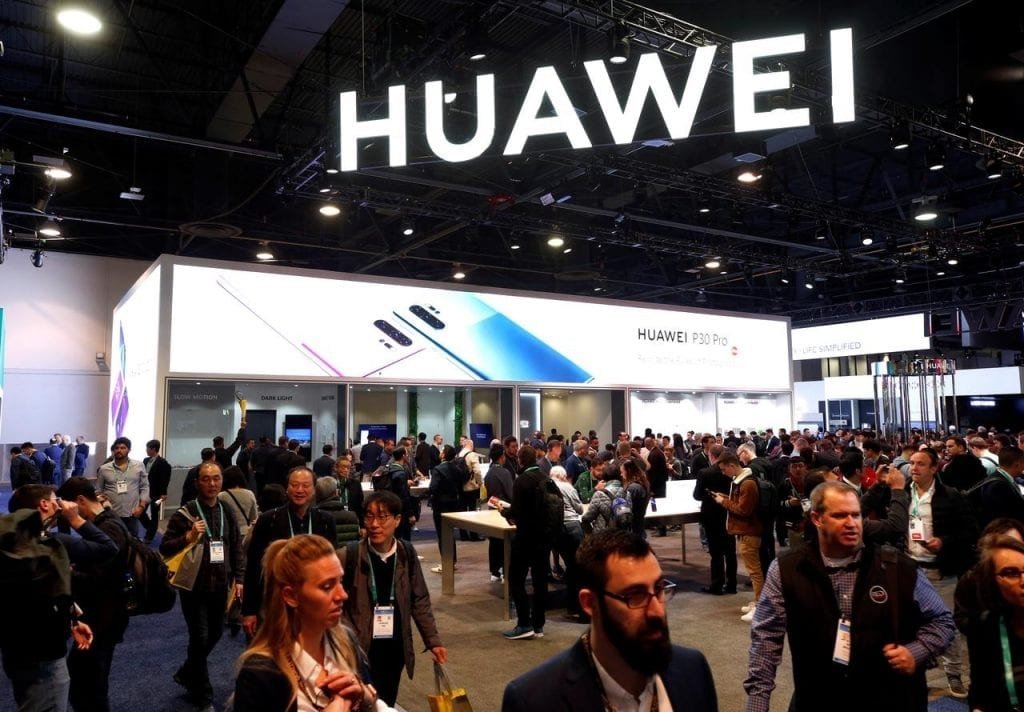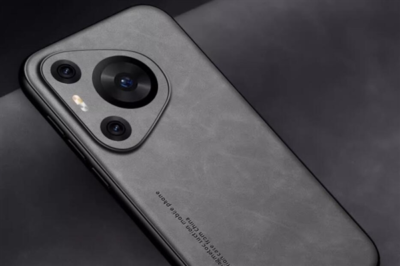Huawei Smartphone Sales Witness Negative Growth In Europe

Smartphone sales in Europe collapsed in the second quarter due to the corona restrictions, but sales figures temporarily recovered in autumn. While Samsung benefited, Huawei has recently practically plunged into the abyss due to the US embargo.
According to the market research company IDC, a total of around 28.8 million smartphones were sold in Western Europe in the third quarter. Samsung had a remarkable 35.6 percent share and was able to sell over 10.3 million units. Apple came in second with 8.2 million devices sold and a 28.5 percent market share.
Huawei is apparently having massive difficulties in asserting itself in Europe as a result of the severe effects of the US embargo. Although the US sanctions, which were tightened again, did not come into force until September, the months from July to September were already struggling, with sales figures falling sharply year-on-year.

According to IDC, Huawei was only able to sell 2.5 million smartphones in Western Europe in the third quarter of 2020 and thus only recorded an 8.8 percent market share in terms of quantities. This corresponds to a decrease of 58.7 percent because in the same period of the previous year Huawei still had a market share of 20 percent with around 6.2 million devices sold. A further decline in smartphone sales is likely to be expected in the current fourth quarter, after all, massive restrictions have come into force again in many parts of Europe due to another massive increase in the number of coronavirus infections. Meanwhile, Huawei is likely to continue to be under heavy pressure, as the company is now barely able to bring new devices with its own hardware onto the market.
For many Western European customers, the lack of Google services and apps on all new Huawei smartphones launched since May 2019 is likely to be an obstacle to buying. The company is trying alternatives to the Play Store with its own app gallery and its own services and other Google apps have obviously not been very successful so far.
Digital marketing enthusiast and industry professional in Digital technologies, Technology News, Mobile phones, software, gadgets with vast experience in the tech industry, I have a keen interest in technology, News breaking.












